Editor’s note: Cloud Peak Energy announced Tuesday, Nov. 13, plans to “review of strategic alternatives, including potential sale of the company.” This announcement was made after this article was originally published.
If you want to understand the dimming financial prospects for the US coal industry, look no further than Cloud Peak Energy.
Cloud Peak is the only publicly traded coal company that operates exclusively in the massive Powder River Basin (PRB) in Wyoming and Montana, a region that produces more than two-fifths of the nation’s coal. The basin boomed in the 1980s and 1990s as utilities turned to low-cost, low-sulfur PRB coal to meet federal clean air mandates. With production costs of about $10 per ton, PRB coal is literally cheaper than dirt.
Cloud Peak may not be a household name but it ranks as the third-largest coal company in the US by sales volume, boasting utility customers all across the country. The conservatively run company avoided debt-fueled spending sprees that tipped many competitors into bankruptcy. The company also has a unique advantage in the PRB: due to both the location and quality of its Spring Creek mine, Cloud Peak continues to export millions of tons of coal to Asia, outlasting other major PRB producers who’ve long since abandoned their export plans.
Cloud Peak Energy Falters
So when Cloud Peak’s finances falter, it’s a safe bet that the coal industry as a whole—particularly the part of the industry that sells coal to power plants—is in deep trouble.
And that’s exactly what’s happening right now. None but the sunniest of optimists could see good news in the company’s recent financial performance.
The company’s top brass recently admitted to serious operational challenges. Heavy spring rains slowed production at the company’s largest mine for two consecutive quarters, trimming output, boosting costs, and forcing the company to slash forecasts for both production and earnings for the year.
This is just the latest in a series of setbacks for a company that, by virtually every metric, has been shrinking for years.
Falling production. In 2011 Cloud Peak produced 98.7 million tons of coal. By 2017, its production had fallen to 57.8 million tons. (Note that in the intervening years the company sold its share of one small mine to another company. See chart 1 above, “Output from Cloud Peak’s mines is in freefall.”) Those declines have continued into 2018: Cloud Peak now predicts that it will sell between 49 and 51 million tons in the calendar year 2018, about half of what it sold at its peak.
Falling profit margins. In early 2012 Cloud Peak sold its coal at an average price of $13.31 per ton. As of September, the price had fallen to $12.16 per ton. Adjusted for inflation, that made a decline of nearly 20 percent. Meanwhile, mining costs have risen, and the toxic combination of falling revenues and inflating costs has shaved profit margins to the bone. Subtracting total mining costs from total revenues coal sales—a simplistic measure of profit margins—reveals steadily shrinking profitability at the company’s mines. (See chart 2 above, “Cloud Peak’s mining profits are narrowing.”)
Falling stock prices. Cloud Peak’s stock price peaked in 2011 at $24. But starting in 2014, the company’s stock plummeted. At the closing bell Monday, November 12, the stock traded for just $1.44. The election of Donald Trump, who pledged to rescue the coal industry, has done nothing to salvage Cloud Peak’s stock prices. The day after the 2016 election, the stock stood at $7.47 per share—meaning that the company has shed more than 80 percent of its value in just two years, during a time when the federal policymakers displayed a decidedly pro-coal bias. (See chart 3 above, “Cloud Peak’s stock price has collapsed.”)
Credit crunch. Cloud Peak owes $290 million to bondholders within three years. But the company has generated only $9 million in cash over the last year, which makes it unlikely that the company will be able to pay that sum back. If it can’t, Cloud Peak may either have to refinance its debt or declare bankruptcy. Refinancing is a possibility but likely would mean higher interest costs given that interest rates are higher now than when the company first issued the bonds.
Cloud Peak’s bonds aren’t its only credit crunch. The company also maintains credit agreement—akin to a corporate credit card—to backstop its short-term spending needs. But the company’s creditors have reduced the card’s spending limit from $400 million down to a measly $16 million. As a result, Cloud Peak will have to conserve its limited cash just to pay its everyday bills—which could make it all the more difficult for the company to pay back its bondholders.
Clearly, things are looking touch-and-go for Cloud Peak. But that’s true for just about every company that sells coal to power plants. The industry went through a massive round of bankruptcies in 2015 and 2016, and the insolvencies have continued through the last two years, though at a slower pace. Meanwhile, renewables (along with fracked gas) continue to erode coal’s market share in the US electric power mix, even as the cost of renewable power keeps falling to new lows.
So as bad as things look now for Cloud Peak, I suspect they’re going to look even worse in fairly short order.

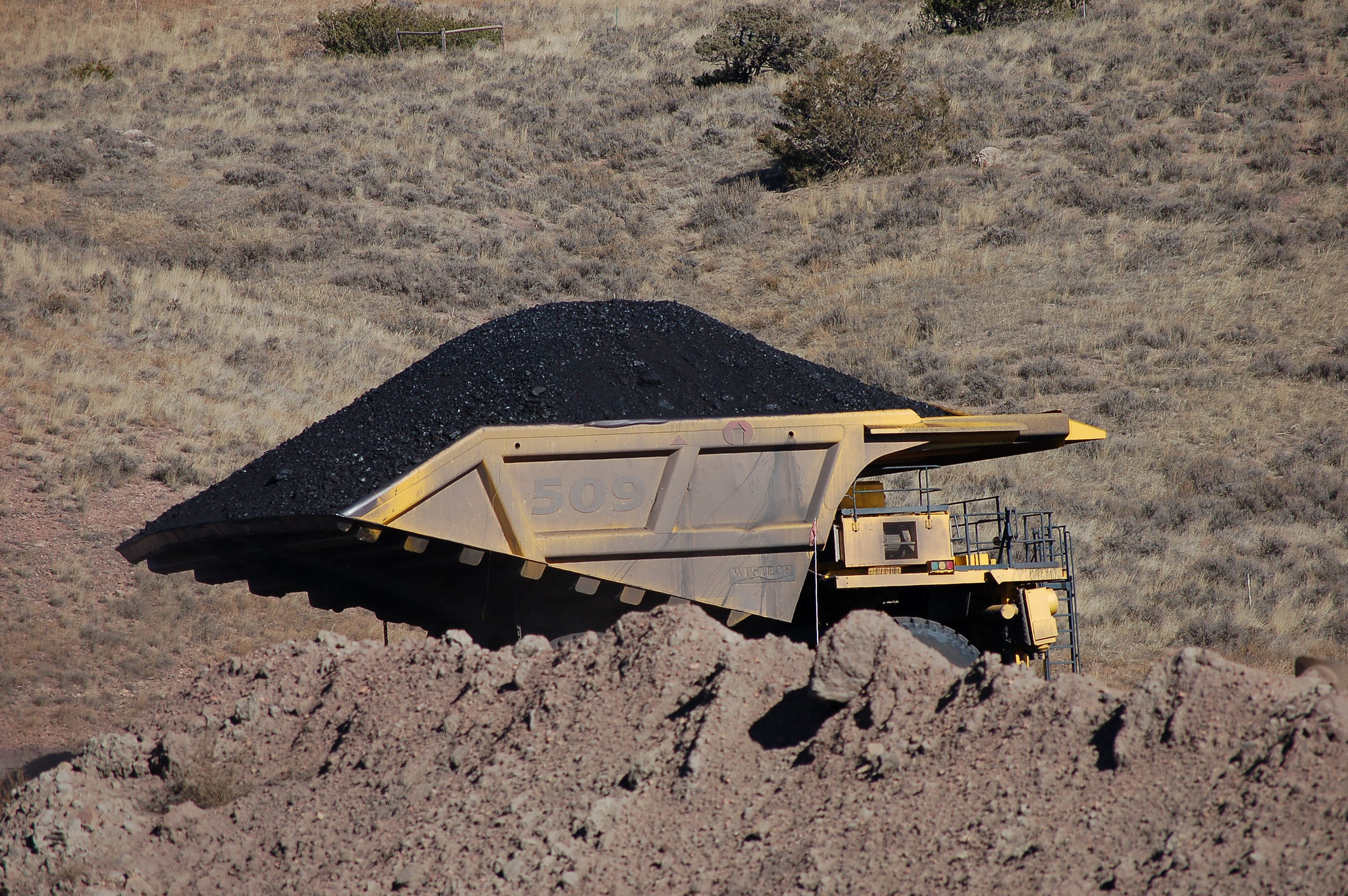
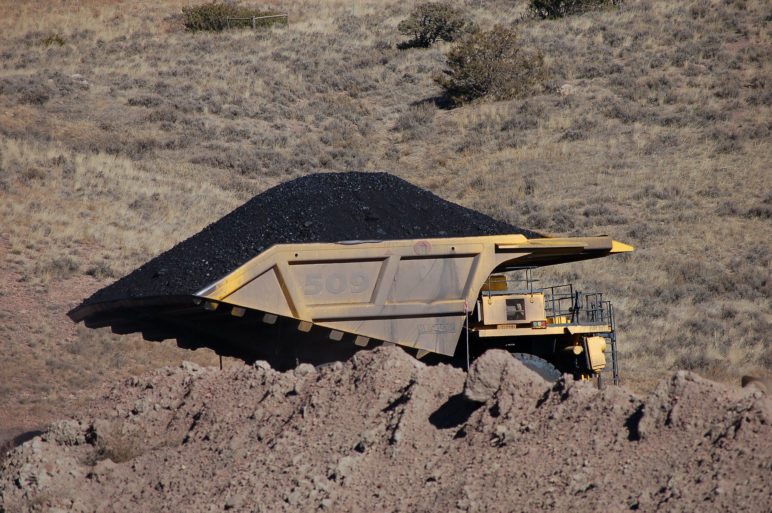

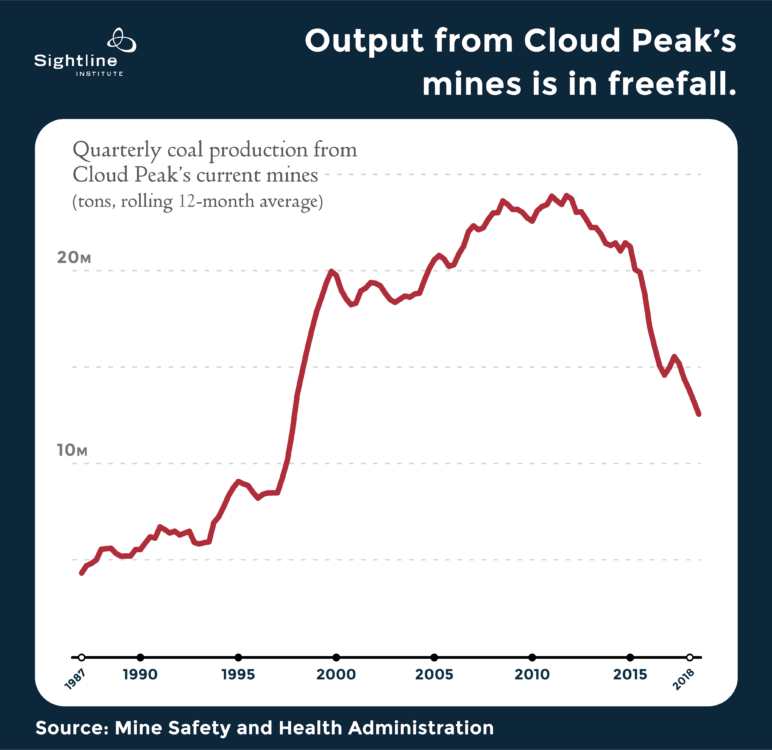
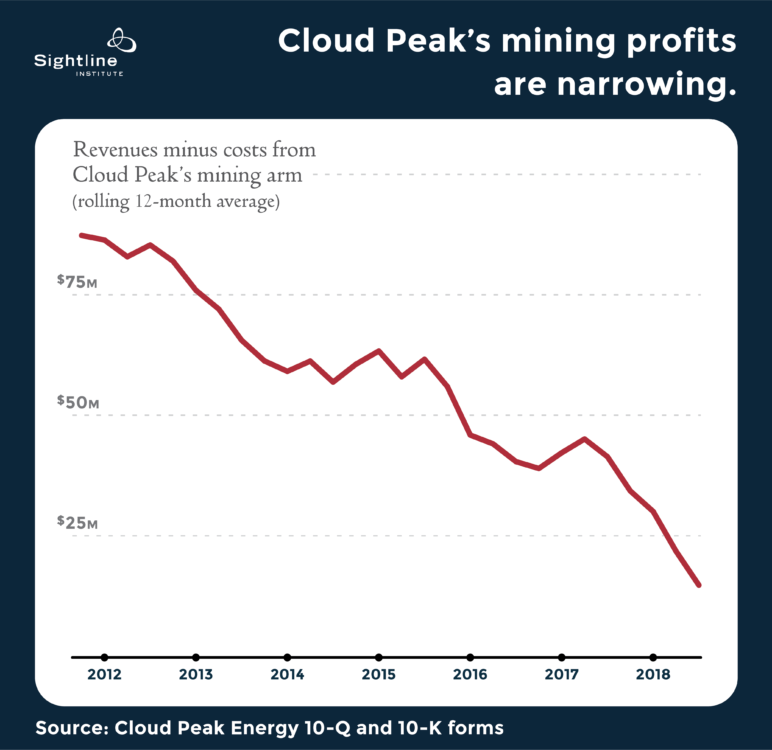
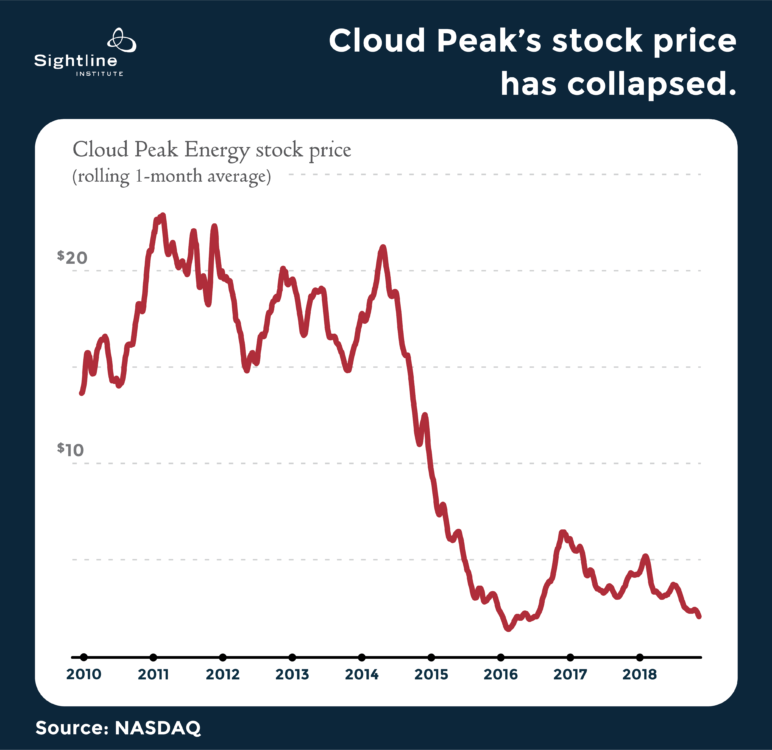







Mark
So what’s your take on Arch Coal reporting profits (and its and Peabody’s stock prices are relatively stable)? Is it a matter of time before they, too, travel down the same path as Cloud Peak (one that they both travelled before)? Seems like the bankruptcy laws are too lenient!